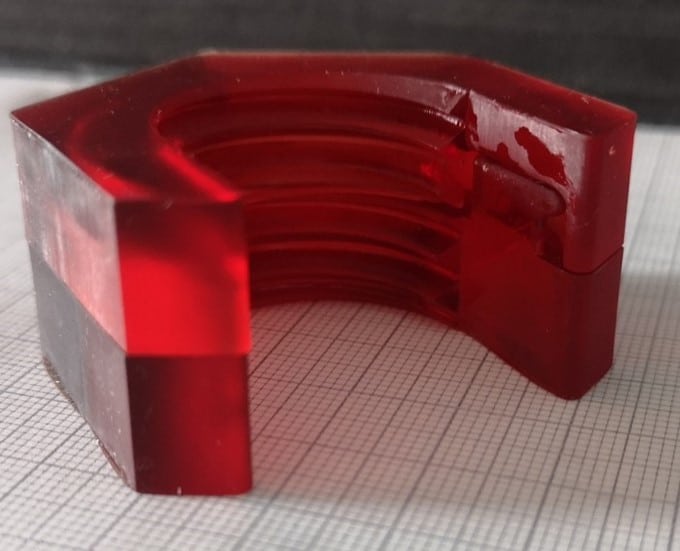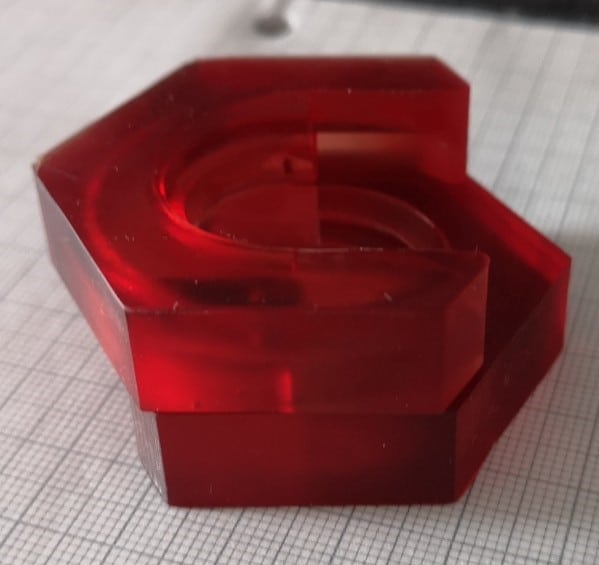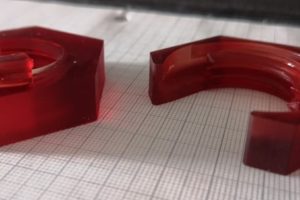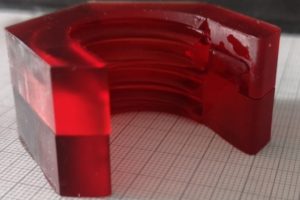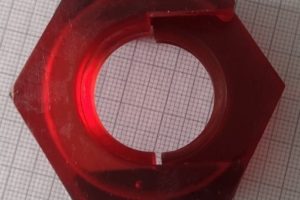3D Printing – A Next Generation Presentation Tool
Many engineers have a common frustration. Explaining the workings of some mechanism over a phone call or whilst sitting in a meeting without being hands-on with the product. Does the following sound familiar?
“So… imagine a rack and pinion system…Now if we make the axis slightly eccentric we will start to get some oscillation…If we skew the axle to about 5 degrees we should begin to see…blah blah blah”
Or
“It should be simple enough. Take a standard nut and then drill through at an angle with a diameter equal to the clearance of the thread.”
These ideas are hard to follow on a call. Maybe a presentation would help but nothing beats the real feel of handling something in person.
Enter 3D Printing
I view 3d printing not only as a tool but also as an exercise. Taking ideas from conception to print is not only a fun process it’s also a workout for your engineering muscles. If you practice this process you’ll quickly gain an understanding of tolerances, interference fits, structural integrity, planning for manufacture, design review and so much more. All of which you have taught yourself!
Looking at this in the context of a presentation. Imagine showing up to your Friday afternoon meeting knowing that you will have to explain some mechanism in question whilst everyone is waiting for the weekend to come. Rather than bombard them with CAD files and drawings you could simply hand them an illustrative prototype. The interaction with the part will speak volumes more than any PowerPoint could. Pair that with the idea of leaving your boss with something to walk away with. Both you and your design will be at the front of their mind.
Case Study
I was recently speaking with a friend about quick release nuts, as we all do. Discussing the different locking methods with only hand gestures was near impossible. So turned to 3d. Below is my second design iteration after some initial failures.
The part itself is unimportant however for those interested it’s a two-part nut that locks to itself when rotated 180 degrees. This provides 360 degrees of thread contact when locked and a clearance-sized opening when unlocked.
Every single person I have handed this to has understood the concept instantly. Even over video calls being able to assemble, disassemble and operate in real-time is a level above the norm.
Next time you have a concept to present. Take it a step further and make it real!

About the Author
Robbie is a motivated, focused, and dedicated Laser Engineer at A-Laser. Robbie studied Manufacturing Systems Engineering at Glasgow Caledonian University, graduating in 2013. He then took a graduate role at Tannlin Technology in the UK where he worked on the systems team. His role included product improvement, customer assistance, system building, and engineering analysis. His five years of experience working at Tannlin, often in the field, required thinking on his feet and working with limited resources. Outside of engineering, Robbie enjoys photography, as he likes to keep a part of his life in a creative field so that he can work that muscle when he needs to. Robbie excels in roles that combine technical expertise and project coordination and strives to deliver value to customers. Robbie is highly appreciated for his client-centric approach and his ability to build strong client relationships. If you have questions or want to discuss laser technology, please reach out to Robbie!


